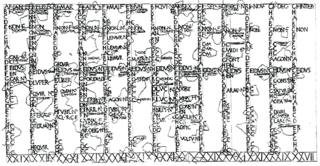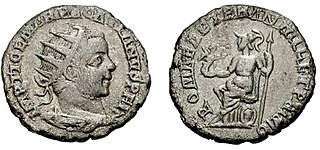| Millennium: | 1st millennium BC |
|---|---|
| Centuries: | |
| Decades: | |
| Years: |
| 558 BC by topic |
| Politics |
|---|
| Categories |
| Gregorian calendar | 558 BC DLVII BC |
| Ab urbe condita | 196 |
| Ancient Egypt era | XXVI dynasty, 107 |
| - Pharaoh | Amasis II, 13 |
| Ancient Greek era | 55th Olympiad, year 3 |
| Assyrian calendar | 4193 |
| Balinese saka calendar | N/A |
| Bengali calendar | −1150 |
| Berber calendar | 393 |
| Buddhist calendar | −13 |
| Burmese calendar | −1195 |
| Byzantine calendar | 4951–4952 |
| Chinese calendar | 壬寅年 (Water Tiger) 2139 or 2079 — to — 癸卯年 (Water Rabbit) 2140 or 2080 |
| Coptic calendar | −841 – −840 |
| Discordian calendar | 609 |
| Ethiopian calendar | −565 – −564 |
| Hebrew calendar | 3203–3204 |
| Hindu calendars | |
| - Vikram Samvat | −501 – −500 |
| - Shaka Samvat | N/A |
| - Kali Yuga | 2543–2544 |
| Holocene calendar | 9443 |
| Iranian calendar | 1179 BP – 1178 BP |
| Islamic calendar | 1215 BH – 1214 BH |
| Javanese calendar | N/A |
| Julian calendar | N/A |
| Korean calendar | 1776 |
| Minguo calendar | 2469 before ROC 民前2469年 |
| Nanakshahi calendar | −2025 |
| Thai solar calendar | −15 – −14 |
| Tibetan calendar | 阳水虎年 (male Water-Tiger) −431 or −812 or −1584 — to — 阴水兔年 (female Water-Rabbit) −430 or −811 or −1583 |
| Wikimedia Commons has media related to 558 BC . |
The year 558 BC was a year of the pre-Julian Roman calendar. In the Roman Empire, it was known as year 196 Ab urbe condita . The denomination 558 BC for this year has been used since the early medieval period, when the Anno Domini calendar era became the prevalent method in Europe for naming years.

The Roman calendar was the calendar used by the Roman kingdom and republic. The term often includes the Julian calendar established by the reforms of the dictator Julius Caesar and emperor Augustus in the late 1st century BC and sometimes includes any system dated by inclusive counting towards months' kalends, nones, and ides in the Roman manner. The term usually excludes the Alexandrian calendar of Roman Egypt, which continued the unique months of that land's former calendar; the Byzantine calendar of the later Roman Empire, which usually dated the Roman months in the simple count of the ancient Greek calendars; and the Gregorian calendar, which refined the Julian system to bring it into still closer alignment with the solar year and is the basis of the current international standard.

The Roman Empire was the post-Roman Republic period of the ancient Roman civilization. It had a government headed by emperors and large territorial holdings around the Mediterranean Sea in Europe, North Africa, and West Asia. From the constitutional reforms of Augustus to the military anarchy of the third century, the Empire was a principate ruled from the city of Rome. The Roman Empire was then divided between a Western Roman Empire, based in Milan and later Ravenna, and an Eastern Roman Empire, based in Nicomedia and later Constantinople, and it was ruled by multiple emperors.

Ab urbe condita, or Anno urbis conditæ, often abbreviated as AUC in either case, is a convention that was used in antiquity and by classical historians to refer to a given year in Ancient Rome. Ab urbe condita literally means "from the founding of the City," while anno urbis conditæ means "in the year since the City's founding." Therefore, the traditional year of the foundation of Rome, 753 BC, would be written AUC 1, while AD 1 would be AUC 754. The foundation of the Empire in 27 BC would be AUC 727.







